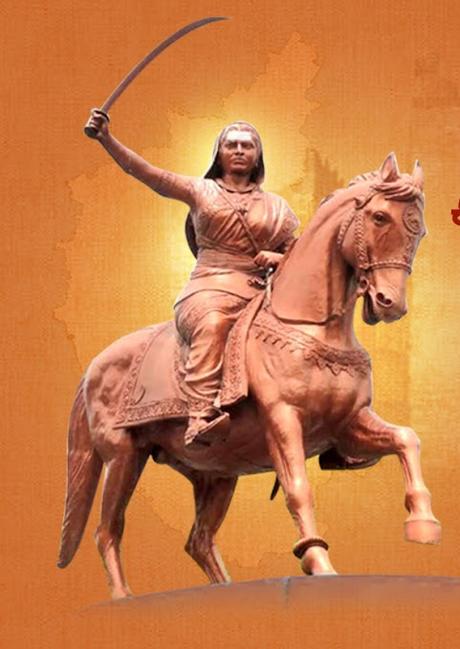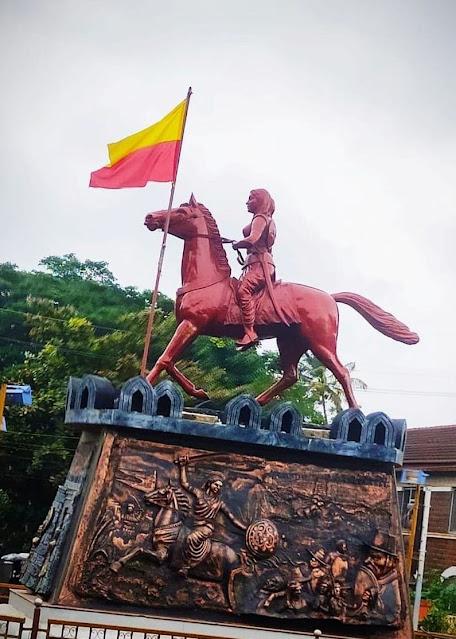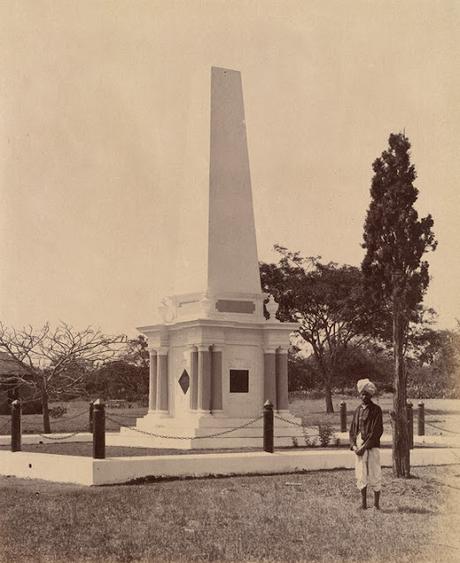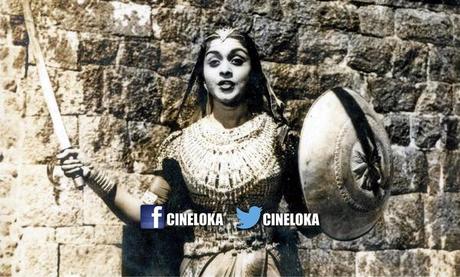Back in 1961, a Kannada movie was directed & produced by BR Panthula, featuring B Saroja Devi in lead role !!
You may have heard our Honble Prime Minister Shri Narendra Modiji’s speech recently. : India's biggest strength is that it maintains its original character no matter what the situation is and the pall of gloom. Our age-old history is witness to this. When the world was in deep darkness and caught in the old thinking about women, then India used to worship women as Maatri Shakti and Goddess. We had women scholars like Gargi, Maitreyi, Anusuya, Arundhati and Madalasa giving knowledge to society. Even in the troubled medieval times, there were great women like Panna Dai and Mirabai in this country. When the nation is remembering the history of the freedom struggle during the Amrit Mahotsav, there are so many women who have sacrificed themselves. Immortals like Kittur's Rani Chennamma, Matangini Hazra, Rani Lakshmibai, Veerangana Jhalkari Bai to Ahilyabai Holkar and Savitribai Phule in the social sphere maintained India's identity.

Unlikely that you have ever visited or read about this dusty village Kittur, in the Belagavi district of Karnataka. It was part of Bailhongal taluka but was declared as an independent taluka on in 2012 by the Chief Minister of Karnataka on the inauguration of Kittur Utsav. It is a place of historical importance because of the armed rebellion of Kittur Chennamma (1778–1829), Rani of the State of Kittur against the British East India Company, during which a British Commissioner, St John Thackeray was killed.
To mark International Women’s Day 2021, the Northern Railway dedicated its WDP4B and WDP4D class locomotives to woman warriors of the country. The engines were named after Uday Devi along with Rani Ahilyabai, Rani Avantibai, Rani Laxmibai, Rani Velu Nachiyar, Rani Chennamma and Jhalkari Bai. It is a matter of great pride for the Nation and women that engines have been named as Rani Ahilyabai of Indore, while a train was named as Rani Laxmibai. Along with this, locomotives were also been named after the popular South Indian queen Chinnamma and Queen Velu Nachiyar. This is the first time Indian Railways have shown respect and recognition for women who sacrificed their lives in the country's freedom movement.
Rani Chennamma, the queen of Kitturu was a great personality who led a war against British forces in early part of 19th Century when not many rulers were familiar with the evil designs of the British. She was outnumbered and arrested, but she is still remembered for leading the revolt against British rule in India.

Chennamma was born in Kakati, a small village in today’s Belagavi district of Karnataka. She became queen of Kitturu (now in Karnataka) when she married Raja Mallasarja of the Desai family. They had one son who died in 1824. After the death of her son, she adopted another child, Shivalingappa, and made him heir to the throne. However, the British East India Company did not accept this under the Doctrine of Lapse, a policy of annexation devised by the British East India Company. According to the doctrine, any princely state or territory under the paramountcy (direct influence) of the British East India Company as a “vassal” under the British subsidiary system, would automatically be annexed if the ruler was either "manifestly incompetent or died without a male heir".
The British ordered Rani Chennamma to exile the adopted child Shivalingappa, using the policy of paramountcy and complete authority. But Chennamma defied the order. Rani Chennamma sent a letter to Lord Elphinstone, Lieutenant-Governor of Bombay Presidency, to plead the cause of Kitturu, but her request was turned down, and war broke out. The British tried to confiscate the treasures and jewels of Kitturu, valued at around Rs. 1.5 million, but in vain. With a force of 20,000 men and 400 guns, mainly from the third troop of Madras Native Horse Artillery, they attacked Kitturu. In the first battle on October 1824, British forces lost heavily and the Collector and political agent, St. John Thackeray, was killed by the Kitturu forces. Amatur Balappa, Chennamma’s lieutenant, was responsible for his death and the losses to the British forces. Two British officers, Sir Walter Elliot and Mr. Stevenson, were also taken as hostages. Rani Chennamma released them after a promise from the British that the war would end. But the British cheated her and re-started the war. This time, the British officer Chaplin actually continued the war with more forces. Munro, nephew of Sir Thomas Munro and sub-collector of Solapur, was killed. Rani Chennamma fought fiercely with the help of her lieutenants, Sangolli Rayanna and Gurusiddappa, but was outnumbered and ultimately captured and imprisoned at Bailhongal Fort, where she died on 21 February 1829.

Memorial of Jon Thackeray – pic credit: www.bl.uk/onlinegallery
Chennamma was defeated in her last battle but she will always be remembered for her valour and for leading the first armed revolt against British rule in India. Chennamma’s first victory and her legacy are still commemorated annually in Kitturu, during the Kitturu Utsava held from October 22–24. Rani Chennamma’s is buried in Bailhongal taluk. Her samadhi is situated in a small park maintained by the Government.
The 1961 movie of BR Panthulu was ‘Kitturu Chennamma’ with B Saroja Devi in the lead role. Dr. Rajkumar played the role of Raja Mallasarja; Raja Shankar played the role of his son for the only time in his career. Panthulu adapted the play Kittooru Chennamma by Anakru for the plotline and was awarded the best feature film at the 9th National Film Awards.

Rani Chennamma Express is connects the cities of Bengaluru and Miraj, a medical hub in the Sangli district of southern Maharashtra. The daily South Western Railway train, covers a distance of 749 kilometres (465 miles) and is known as the Queen of the South Western Railway or by its train number 16589.
With regards – S. Sampathkumar3rd Feb 2022.

